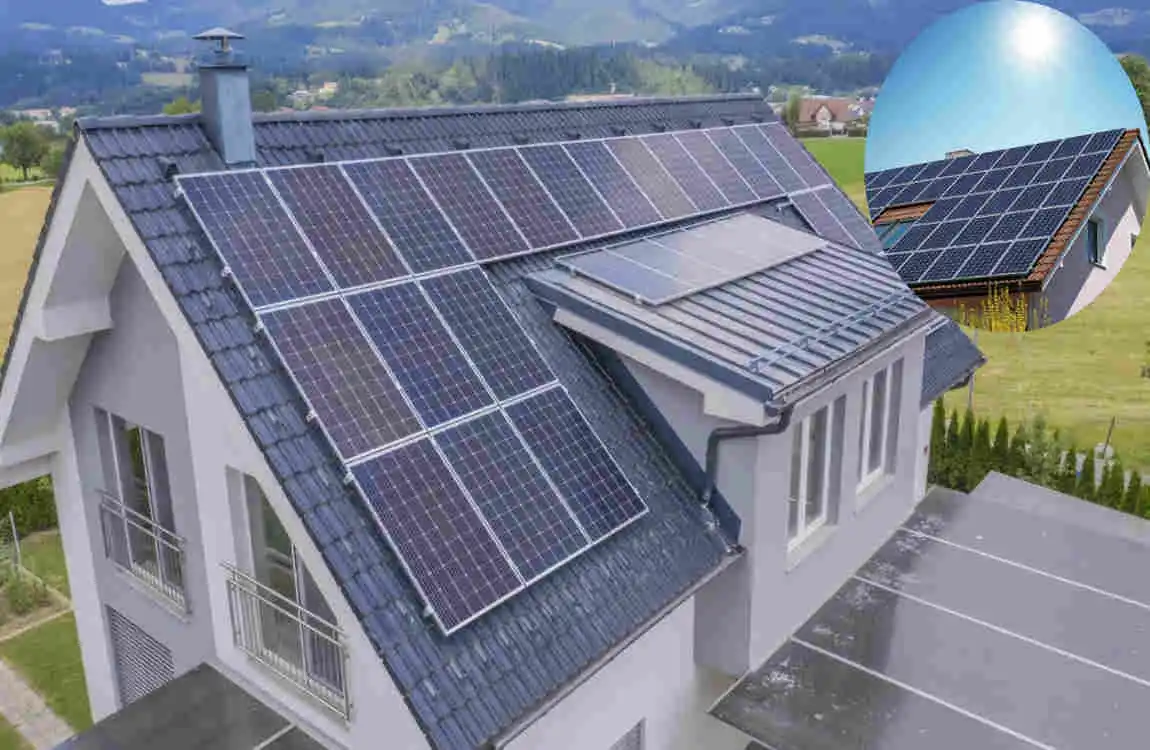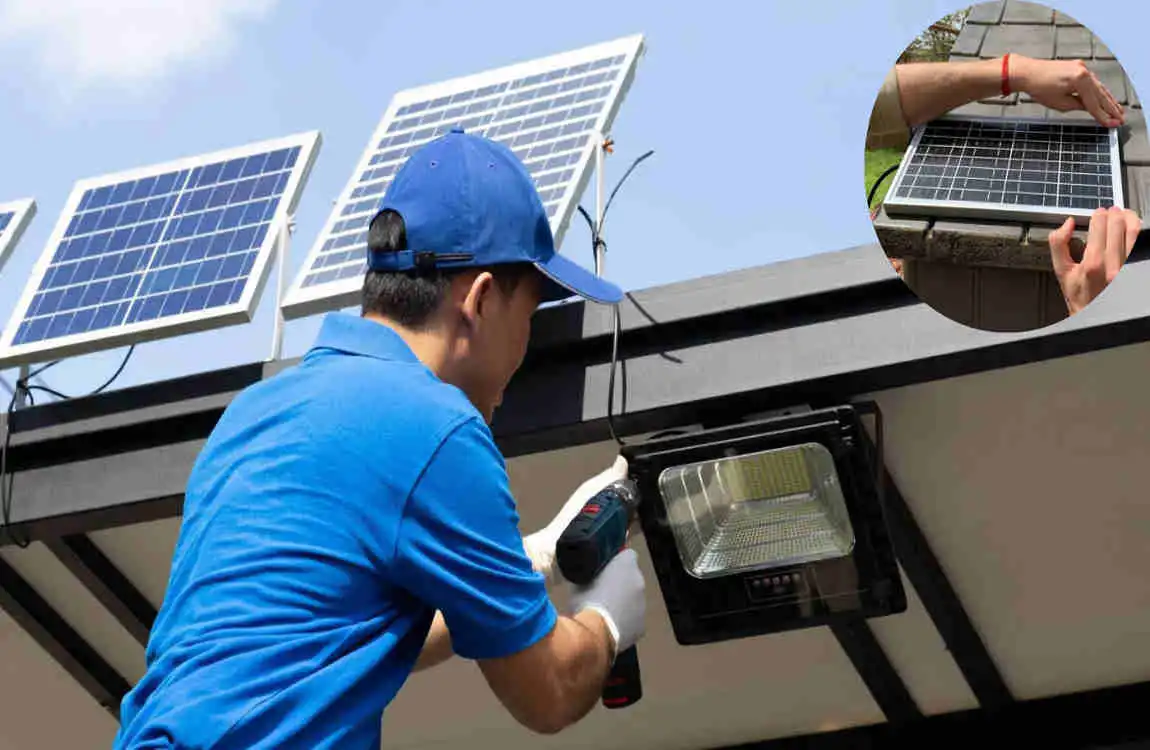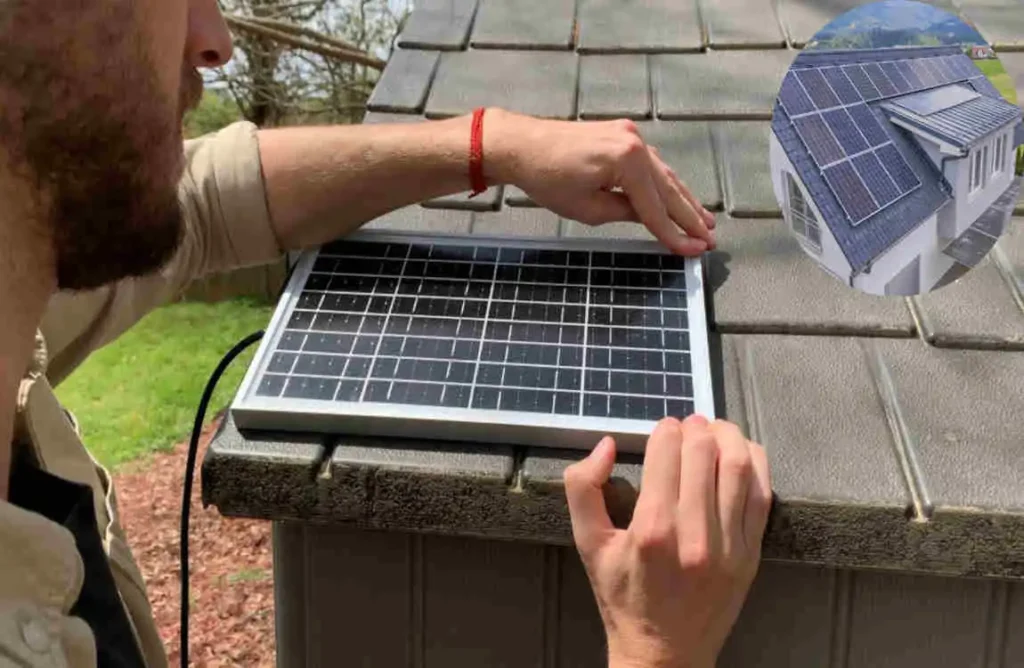Installing solar lights at home is a simple and eco-friendly way to illuminate outdoor spaces using renewable energy from the sun. It involves selecting the correct location with direct sunlight, mounting the solar panels securely, connecting the battery to store energy, and correctly positioning the light fixtures to maximize their performance. This process helps reduce electricity consumption and promotes sustainability in home lighting.
Benefits of Using Solar Lights

Solar lights offer a myriad of benefits that make them an attractive option for homeowners. First and foremost, they harness the power of the sun, providing free energy. This means lower electricity bills while keeping your outdoor spaces well-lit.
Another significant advantage is their ease of installation. Without complicated wiring or electrical work needed, you can set them up in minutes—perfect for DIY enthusiasts.
Safety also comes into play. Solar lights illuminate dark pathways and driveways, reducing accidents during nighttime strolls or gatherings.
Modern solar lighting designs come in various styles and finishes. You can easily find options that complement your home’s aesthetics while enhancing its curb appeal at night.
Types of Solar Lights Available
Solar lights come in various types, each designed for specific uses and settings. Pathway lights are popular for illuminating walkways and gardens. They offer both safety and aesthetic appeal.
Floodlights provide bright illumination, making them ideal for larger outdoor areas. These are perfect for lighting up your patio or backyard during gatherings.
String lights create a cozy atmosphere. They’re great for decorating patios or trees, adding charm to any event or gathering.
Wall-mounted solar lights are excellent for enhancing security around your home. They can be placed near entrances and garages to deter intruders while providing convenient lighting.
You may also read (modern roof paint colors elevate your houses curb appeal).
For those who want something portable, solar lanterns offer flexibility. You can easily move them around as needed, making them suitable for camping trips or outdoor activities.
Each type has its unique benefits tailored to different needs in residential spaces.
Factors to Consider Before Installing Solar Lights

Before diving into installation, consider your location. Analyze the amount of sunlight that your area receives on a daily basis. Solar lights thrive on direct sunlight for optimal performance.
Next, think about the purpose of the lights. Are you illuminating pathways? Or highlighting garden features? Your choice will influence the type and brightness needed.
Don’t overlook aesthetics either. Choose designs that complement your home’s style. This can enhance curb appeal while serving a functional role.
Evaluate battery life and charging time as well. Some models may need longer to charge, but provide extended use at night.
Check local regulations or HOA guidelines regarding outdoor lighting installations to avoid any compliance issues down the line.
Step-by-Step Guide on Installing Solar Lights
Begin by choosing the correct location for your solar lights. Choose a location that receives plenty of sunlight throughout the day. Avoid shaded spots from trees or buildings.
Next, gather your tools and materials. You’ll typically need a shovel, measuring tape, and possibly stakes to mark positions.
Once you’ve identified where to place the lights, use your shovel to create holes if needed. For stake-mounted lights, push them into the ground until they’re secure.
Now it’s time to position each light. Ensure they’re facing south or towards direct sunlight for optimal charging during daylight hours.
After placing all fixtures, turn on any power switches if applicable. Test each light at dusk to confirm proper functionality and adjust its angles as necessary for maximum exposure.
Maintenance and Care for Solar Lights
Maintaining solar lights is essential for optimal performance. Start by regularly cleaning the solar panels. It is possible for dust and debris to block sunlight and reduce its efficiency.
Check the battery condition periodically. Most solar lights use rechargeable batteries that may need replacement over time. Always choose high-quality batteries designed for outdoor use.
Inspect the fixtures for any signs of wear or damage. If you notice cracks or rust, consider replacing those parts to ensure longevity.
During winter months, if your area experiences snow or ice, clear away any buildup around the fixtures to allow sunlight access during warmer days.
Store your solar lights indoors during harsh weather conditions when not in use. This protects them from extreme temperatures and prolongs their lifespan significantly. Regular care will keep them shining brightly throughout all seasons.
Troubleshooting Common Issues with Solar Lights
Solar lights are generally reliable, but sometimes issues can arise. One common problem is dim or flickering light. This usually indicates low battery power. During the day, make sure the solar panel receives adequate sunlight.
If your lights aren’t turning on at all, check the switch settings. Some models have a manual on/off switch that may be accidentally toggled off. Additionally, inspect for any dirt or debris covering the solar panel.
Another issue could be inadequate lighting duration at night. If this occurs, consider replacing old batteries with new ones as they lose their charge over time.
If you notice corrosion around connections or terminals, clean them carefully with a soft brush or cloth to ensure proper conductivity and function of your solar lights. Regular checks can help extend their lifespan and performance significantly.
You may also read (what are the different types of house handrails available).
